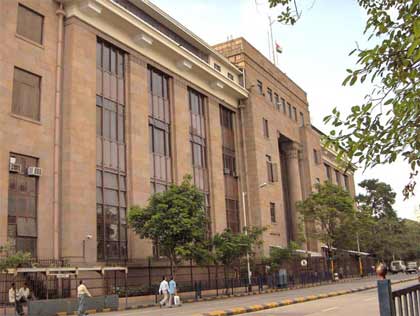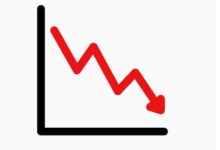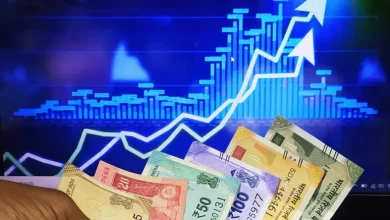RBI keeps key rate unchanged; cuts SLR, lowers GDP projection

The Reserve Bank today left lending rates unchanged citing risks to inflation due to spurt in farm loan waivers by states but raised lending capacity of banks to support economic growth.
The government has been pressing for a cut in interest rates to increase private investment and had sought a meeting with the members of the Monetary Policy Committee, but RBI Governor Urjit Patel said that all of them declined to meet.
Senior officials of the Finance Ministry were scheduled to meet MPC members on June 1 and 2 but all six members decided against the meeting.
Headed by Patel, MPC for the fourth straight time kept the repo rate unchanged, at which it lends to the banks, at 6.25 per cent. The reverse repo, at which RBI borrows, will be 6 per cent.
“The decision of the MPC is consistent with a neutral stance of monetary policy in consonance with the objective of achieving the medium-term target for consumer price index (CPI) inflation of 4 per cent within a band of +/- 2 per cent, while supporting growth,” RBI said in its second bi-monthly monetary policy review for 2017-18.
Five members were in favour of the monetary policy decision of maintaining the status quo, while Ravindra H Dholakia was not, it said.
The central bank has however slashed the Statutory Liquidity Ratio (SLR) or the percentage of deposits that banks have to park in government securities, by 0.5 per cent to 20 per cent. The move is expected to raise buoyancy in the loans market as banks would have slightly higher funds for lending.
“The current state of the economy underscores the need to revive private investment, restore banking sector health and remove infrastructural bottlenecks. Monetary policy can play a more effective role only when these factors are in place, it said.
RBI raised concerns over the possibility of fiscal slippages due to the farm loan waivers.
“The risk of fiscal slippages, which, by and large, can entail inflationary spillovers, has risen with the announcements of large farm loan waivers,” it said.
At the current juncture, global political and financial risks materialising into imported inflation and the disbursement of allowances under the 7th central pay commission s award are upside risks, it said.
On the GDP, the central bank lowered economic growth projection to 7.3 per cent for the current fiscal from 7.4 per cent earlier.
Analysts and watchers were expecting the MPC to go in for a status quo on the rates, but soften its commentary from the hawkish one, given clarity on various aspects and the cool- down in inflation.
The headline inflation has come down to 3 per cent for in April 2017, while demonetisation continues to impact GDP growth which dipped to 6.1 per cent in the last quarter of the last fiscal.
There is also greater clarity on the rainfall, with the IMD predicting for a normal monsoons this season which can help the food inflation situation.
Moreover, RBI said, the implementation of the Goods and Services Tax (GST) is not expected to have a material impact on overall inflation.
Government intends to roll out GST from July 1.
The RBI shifted its policy stance to “neutral” in early 2017, allowing it the flexibility to move in either direction, from “accommodative” stance for two years.
It followed that up with statements at the last policy review about worries of inflation rising to 5 per cent in the second half of fiscal 2017-18 and also the need to get the price-rise number to its target of 4 per cent in a credible way.
The BSE benchmark Sensex slipped into negative territory for a brief period after the RBI kept key policy rates unchanged today, but re-entered the green zone towards the fag-end of the session.
It closed with a gain of 80.72 points at 31,271.28.









